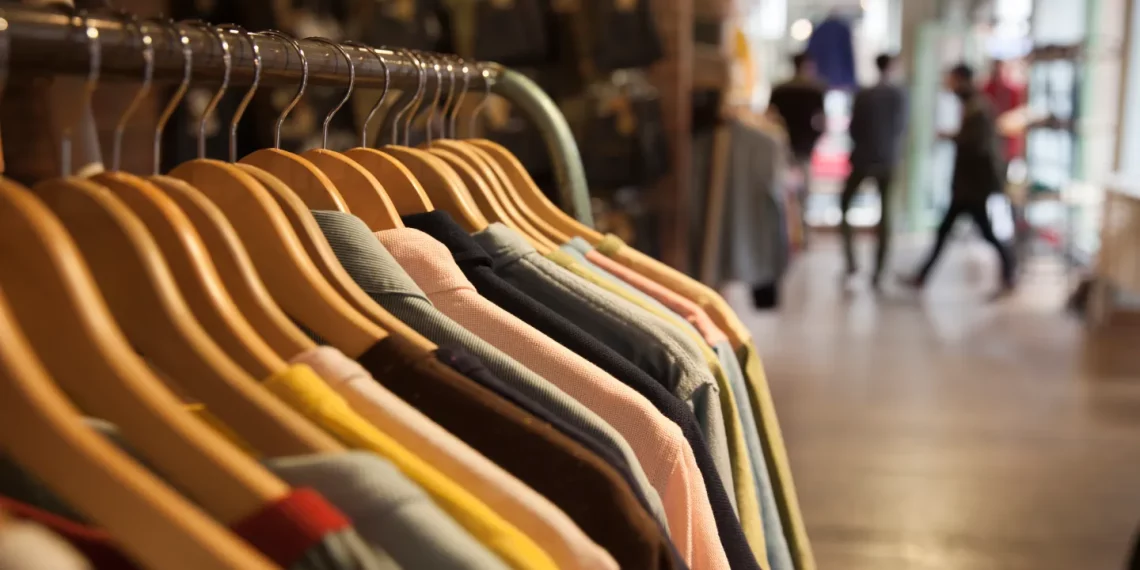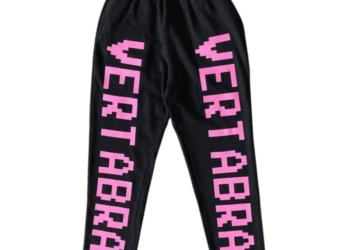Introduction
The fashion industry has long been associated with trends, fast-paced consumerism, and environmental concerns. However, a new paradigm is emerging – the circular fashion industry. In this article, we’ll delve into the concept of circular fashion, explore its significance, and discuss how it is reshaping the fashion landscape towards a more sustainable and eco-friendly future.
Understanding Circular Fashion
Circular fashion is a holistic approach to clothing production, consumption, and disposal, designed to minimize waste and environmental impact. It focuses on keeping materials and products in use for as long as possible through practices such as recycling, upcycling, and reusing.
Understanding Circular Fashion
Circular fashion is a holistic approach to clothing production, consumption, and disposal, designed to minimize waste and environmental impact. It focuses on keeping materials and products in use for as long as possible through practices such as recycling, upcycling, and reusing.
The Three Key Principles
Circular fashion operates on three core principles:
- Design for Durability: Clothes are designed to last, using high-quality materials and craftsmanship.
- Resource Efficiency: Materials are sourced responsibly, and waste is minimized during production.
- End-of-Life Solutions: Strategies like recycling and repurposing ensure garments don’t end up in landfills.
The Environmental Imperative
The fashion industry is known for its substantial environmental footprint, including water usage, chemical pollution, and textile waste. Circular fashion seeks to address these issues by promoting sustainable practices throughout the entire lifecycle of clothing.
The Significance of Circular Fashion
Reducing Textile Waste
The fashion industry generates a staggering amount of textile waste each year. Circular fashion aims to significantly reduce this waste by extending the lifespan of garments and diverting them from landfills.
Minimizing Resource Consumption
Circular fashion encourages responsible sourcing of materials and more efficient production processes, ultimately reducing the industry’s consumption of finite resources.
Promoting Ethical Practices
Circular fashion promotes ethical labor practices by valuing the longevity of clothing, reducing the pressure for rapid production, and supporting fair working conditions.
Circular Fashion Strategies
Clothing Rental and Sharing
Clothing rental services and sharing platforms allow consumers to access a variety of fashion choices without the need for permanent ownership. This reduces the demand for new clothing and lowers the overall environmental impact.
Upcycling and Repurposing
Upcycling involves transforming old or discarded garments into new, fashionable pieces. Repurposing takes items that are no longer worn and gives them a new lease on life, reducing waste and promoting creativity.
Sustainable Materials and Design
Circular fashion places a strong emphasis on using sustainable materials like organic cotton, recycled polyester, and innovative textiles made from renewable resources. Designers focus on creating timeless, versatile pieces that remain in fashion for years.
Challenges and Hurdles
Consumer Awareness
Many consumers are still unaware of circular fashion and its benefits. Raising awareness and educating the public about sustainable fashion choices is a significant challenge.
Supply Chain Complexities
Transitioning to circular fashion often requires changes in supply chain practices, which can be complex and costly for manufacturers.
Industry-wide Adoption
For circular fashion to have a substantial impact, the entire fashion industry must embrace these principles. Achieving this widespread adoption is a formidable challenge.
The Future of Circular Fashion
Technological Innovations
Advancements in technology, such as blockchain for supply chain transparency and 3D printing for sustainable garment production, hold promise for the circular fashion industry.
Collaborations and Partnerships
Fashion brands, environmental organizations, and governments are increasingly collaborating to drive the circular fashion movement forward. These partnerships will accelerate its adoption.
Policy and Regulation
Governments and regulatory bodies are recognizing the need for sustainable fashion practices and are introducing regulations to incentivize circular fashion initiatives.
Conclusion
Circular fashion represents a significant shift in the way we approach clothing, aligning fashion with sustainability and responsibility. By extending the lifespan of garments, minimizing waste, and promoting ethical practices, the circular fashion industry offers a pathway to a stylish and sustainable tomorrow.As consumers become more conscious of their choices and the fashion industry continues to evolve, circular fashion stands as a beacon of hope in the pursuit of a more eco-friendly and ethical fashion landscape. It is a movement that proves that style and sustainability can indeed coexist, paving the way for a greener future in the world of fashion.
References:






